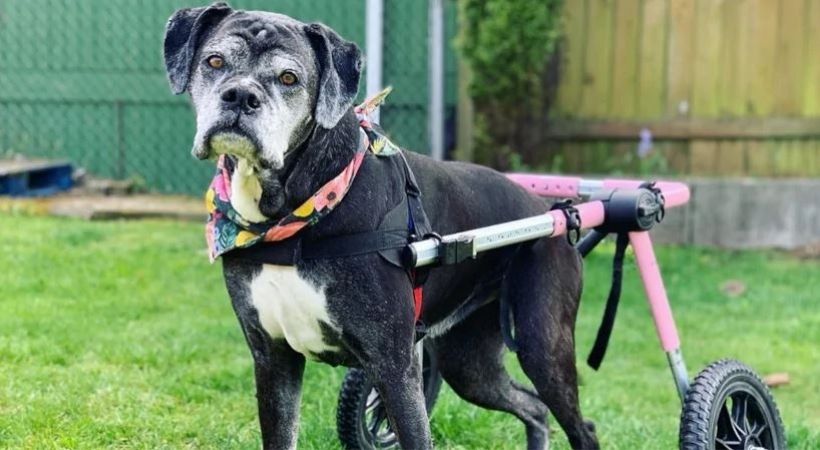Beagle Lifespan: How Long Do Beagles Live? (Life Expectancy)

A Guide To Training a Senior Dog
We usually start training dogs as puppies to keep our homes intact and establish expectations for behavior. However, we don’t always acquire a canine companion in infancy or adolescence. Adopting an older hound is a noble feat, but training is still necessary. Can you teach an old dog new tricks? Of course you can, it's never too late to train your dog!
Here is a guide to training a senior dog to help your furry friend adjust to the rules and expected behaviors.
Avoid Scolding Your Dog
Of course, there are probably going to be times when you’re dissatisfied with your pup’s actions and you’ll want to let them know. However, reserve your scolding for times of necessity. If your dog responds to calls and commands, regardless of how long it takes, they need to be praised. Positive reinforcement will help to build trust and reinforce your senior's dog good behavior.
In an older rescue dog, it's possible that they have some bad habits that you need to correct. If you're teaching your dog how to behave and "untrain" those bad habits, be patient. It will likely take time for your older dog to catch on. Be consistent with your corrections and be gentle.
Training a Disabled Dog
Some mature pups have mobility issues that hinder their abilities to hop to. A special needs is just as capable of being trained as a "normal" dog. If you are seeing signs of this as your dog attempts to move, make adjustments to the command and provide them with mobility aids for support. Consider the use of a belly sling for your dog to help lift your pup’s body and to ease discomfort and help your dog respond easier and quicker.
When training a special needs dog understand that they may not physically be able to do every command. For example a dog in a wheelchair won't be able to sit on command, but they can learn to stop and stay. Training a dog in a wheelchair is possible, but be ready to adapt and change the commands to tasks your dog can actually do. Plenty of wheelchair dogs pass their canine good citizen test every year to become fully trained therapy dogs.
Be Consistent
It’s essential to use consistent cues to help your dog understand commands. Using the same words such as “come,” “paw,” and “go outside” in the same tone of voice allows your canine to build a comprehension based on sounds. If you choose to use a whistle, use it consistently and know that a dog’s sensitive hearing can hear it from far away. Blow with caution, purpose, and recognize that it is difficult to decipher tone or feeling through a whistling sound. If you’re angry or upset, your voice town may be better at conveying that.
Positive Reinforcers
Learn which treats your dog really loves and use these to positively reinforce good behaviors. Since your dog is on the older side, be sure to looks closely at the treat ingredients to ensure there isn’t anything that will lead to an upset stomach. Having enticing rewards for good behavior helps establish a strong recall. Consider high-value treats like meats and peanut butter for an especially good job.
Additionally, be sure to make calling your dog’s name something associated with positive and negative behavior. If you only call him when he’s in trouble or needs grooming, he’ll build a negative association with this command. This can be difficult to reverse. Try to call your pup’s name when you’re running around and having fun as well to ensure they know they’re loved and you appreciate their response to the command.
We hope this guide to training a senior dog proves helpful. It can take months to get your pup where you’d like them to be, but mature dogs honestly have better attention and self-control to get this down. You may not know your dog’s history, so tread lightly on scolding, and above all else, enjoy each other’s company. As things start to normalize, lengthen the leash a little and give your pup a little control and room to explore and enjoy life. This will all be worth it as you both come to an understanding.








